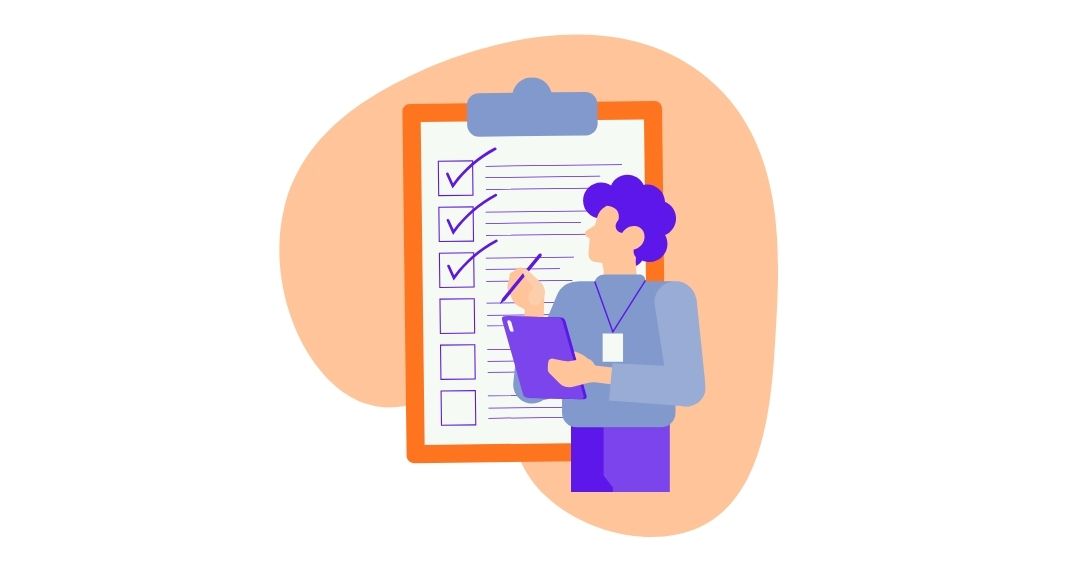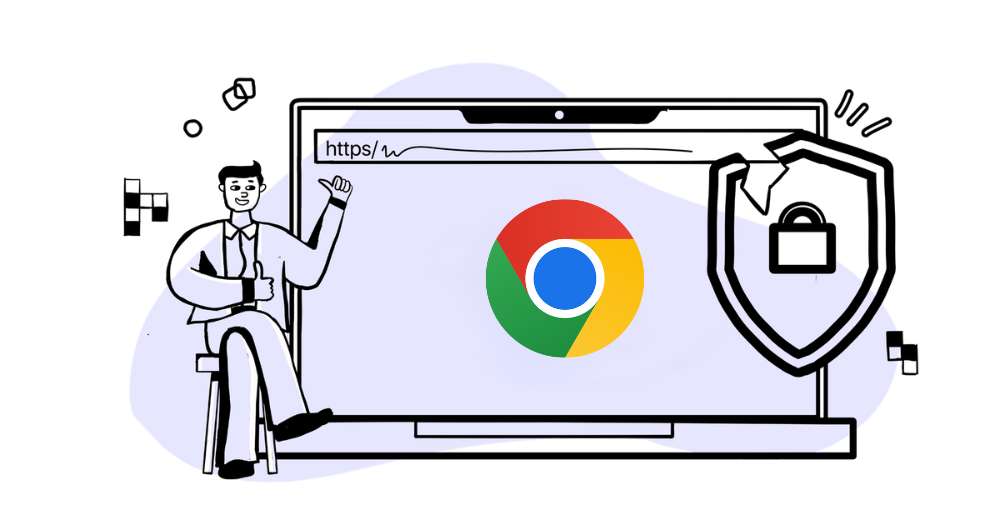Testers all over the world face similar struggles with test automation -
- How do I easily get started with test automation! There are too many new skills and tools to learn!
- I do not know how to code – can I begin automating my tests?
- Why does my test automation always lag behind in the project? Can’t it go along the sprint!
- Can I take help from other team members in creating my test automation?
- My automation specialist does not seem to understand the business fully. Can I give my insights to help create more meaningful test scripts?
If you as a tester or a test manager, you must have worried about one or more of these issues some time in your career.
Sahi Pro v9.0 brings you the concept of Business-Driven Test Automation to help testers through these challenges.
Concept
Business Driven Test Automation (BDTA) is an intuitive and easy framework designed to help testers create test automation easily.
Testers have a simple, intuitive UI to help them create business scenarios written in English natural language. These scenarios have steps or keywords that can be implemented using an automated Run/Record feature.
Testers can also parameterize, and data drive their tests automatically. These test cases can now be executed atop any upcoming builds and become a part of your automation suites.
This framework enables Shift Left of Testing by bringing awareness and thought to test automation as soon as we begin conceptualizing a feature.
How It Works
With BDTA, testers are enabled to begin working on test automation as soon as a feature is conceptualized. There is no need for the application to be available before beginning to create your test scenarios.
What you do Before application is ready
1) Define the flow of the application in simple English.
Example- For a Shopping Application, you can define your test steps as
>Login >Add Items to Cart >Verify Cart Total >Logout
These are called Key Words
2) Add optional parameters to different steps as the test demands.
For the above example, we know that a Login step would require a username and a password.
Example- Login | Username: testuser | Password: |
These can be fine-tuned/added/modified later when the application is ready.
3) For data-intensive tests, you can make the relevant steps data-driven and create and populate the data input file.
Example – A separate data file can be created and mapped with the relevant steps. A csv or excel type file can contain the input data for the step.
Data File for Login Step-
4) Organize your tests and scenarios in Suites.
Example – A sample suite file [dd.csv] containing all scenario files created
5) Tag the tests for logical separation and for better control on execution.
6) Check-in into Version control, get these verified by peers and managers.
What you do After the application is ready
1) Use Run/Record feature to record steps and "implement" the Key Words. The wizard lets you parametrize etc and create the necessary javascript/sahiscript function.

2) Use Accessor Repository during recording itself or do it later to separate all object identification into a separate file for easier maintenance.
Example – CSV as an Accessor Repository (AR)
It is easily readable and manageable

3) Run and verify that your automation works fine.
Example Test Run Report-

What you achieve with BDTA
- With BDTA, most of the automation tasks have moved to before the feature is ready. Until automation is not done, they can serve as good manual test cases since there is no code involved in them.
- Test Automation now becomes a part of a tester’s daily tasks instead of being a separate project to be left for the end.
- Your business personnel, testers, or project managers can be involved in creating and contributing to these scenario files since they are simple and business-centric.
- This modularized approach leads to lesser maintenance time & effort!
Getting Started
Download a Free trial version of Sahi Pro to give BDTA a try.
A step-by-step guide to creating your first Business Driven Test Automation scenario using Sahi Pro—
Here is the complete Playlist to take you end-to-end through BDTA concept and usage









